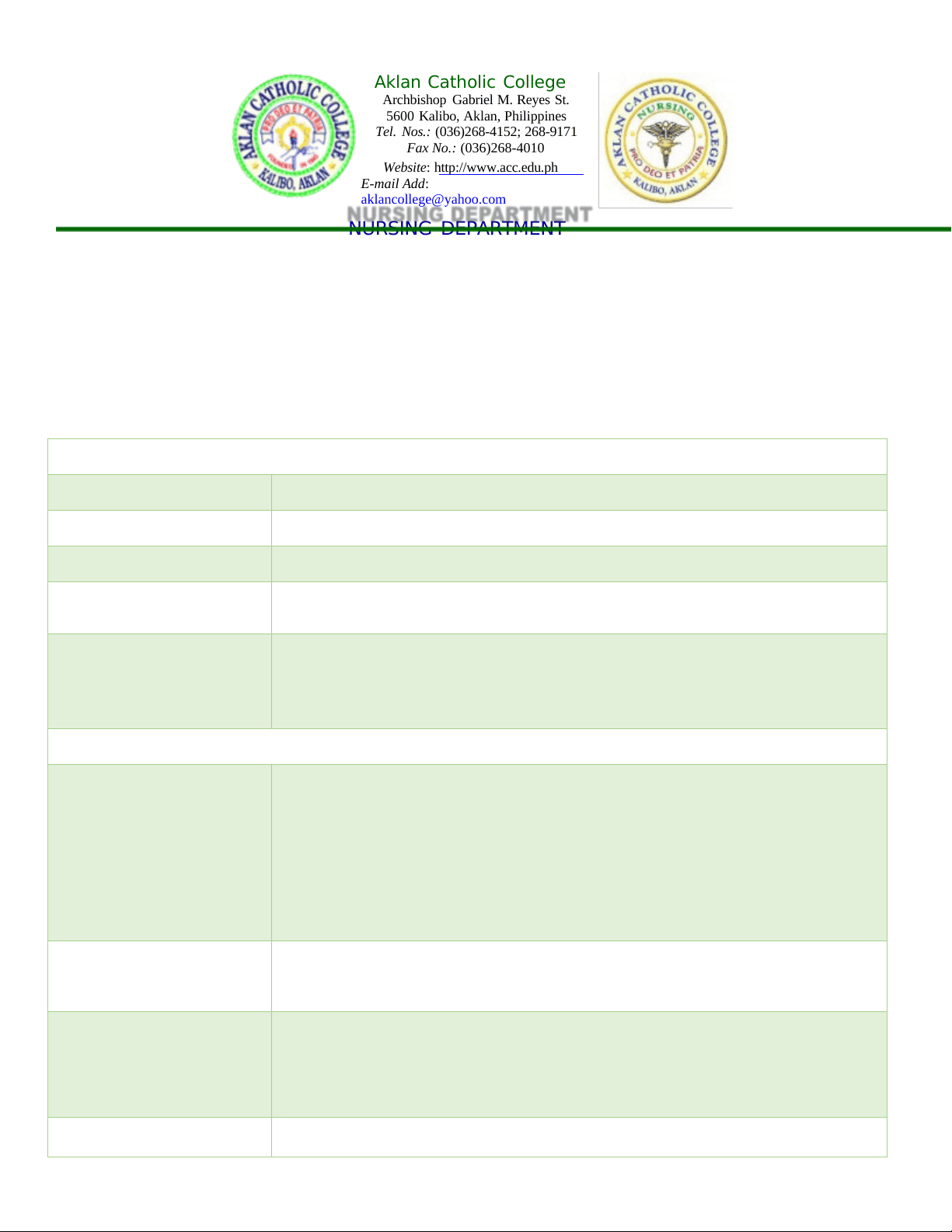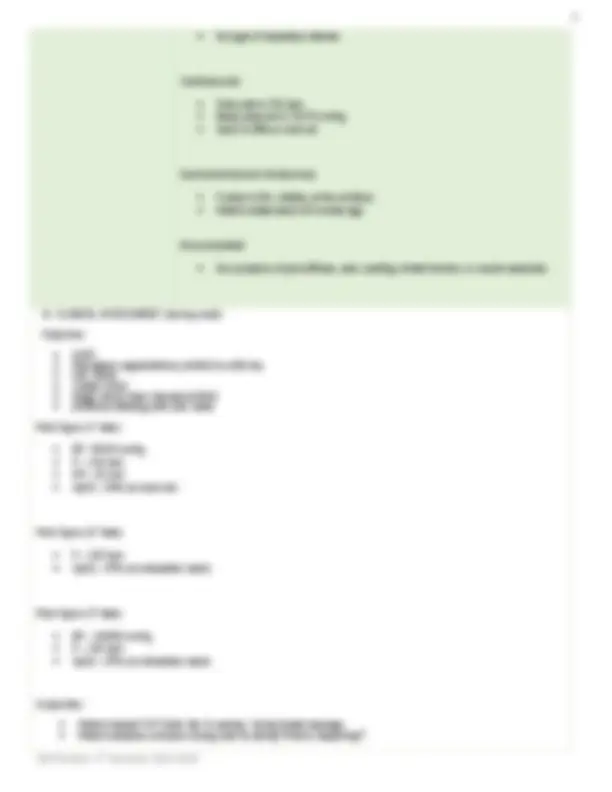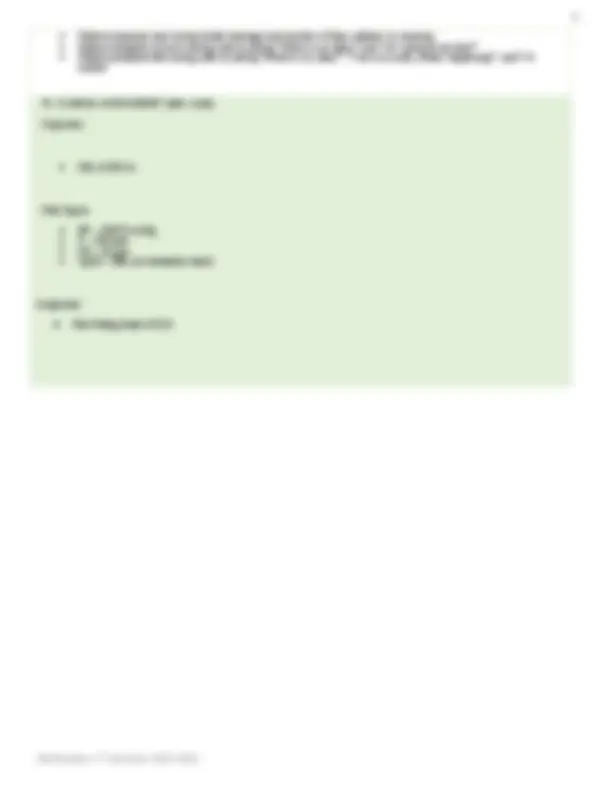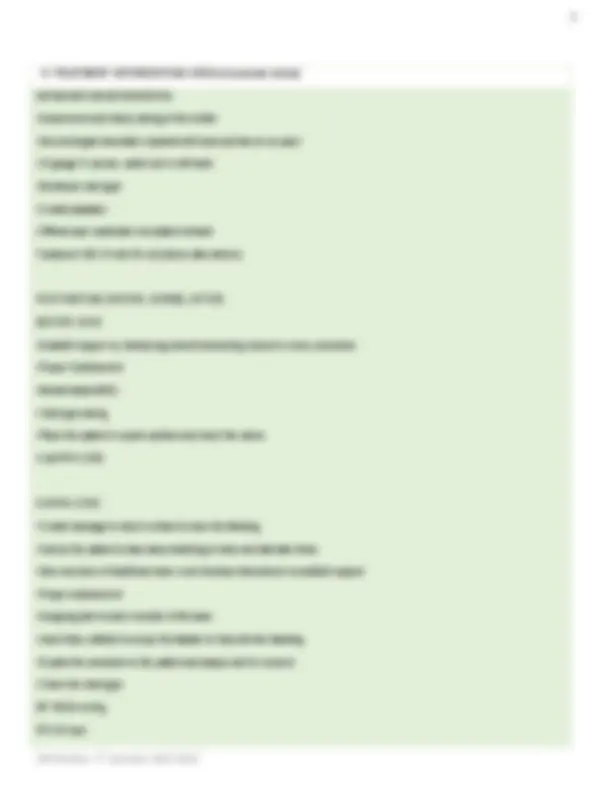





Study with the several resources on Docsity

Earn points by helping other students or get them with a premium plan


Prepare for your exams
Study with the several resources on Docsity

Earn points to download
Earn points by helping other students or get them with a premium plan
Community
Ask the community for help and clear up your study doubts
Discover the best universities in your country according to Docsity users
Free resources
Download our free guides on studying techniques, anxiety management strategies, and thesis advice from Docsity tutors
A detailed case analysis of a vaginal delivery clinical scenario involving a 28-year-old patient named Mrs. S.B. the patient's vital information, clinical assessment before, during, and after the delivery, and interventions given during the postpartum period. The document also mentions the treatment/interventions given and the use of various drugs and nursing care plans.
Typology: Lecture notes
1 / 6

This page cannot be seen from the preview
Don't miss anything!




Aklan Catholic College Archbishop Gabriel M. Reyes St. 5600 Kalibo, Aklan, Philippines Tel. Nos.: (036)268-4152; 268- Fax No.: (036)268- OBSTETRICS and GYNECOLOGY Clinical Marie Lucienne P. Tioco, RN, MAN Clinical Instructor Case Analysis Instruction: Watch the Clinical Scenario Video Clip sent to you and complete the following needed information indicated below. I. VITAL INFORMATION Name of Patient Mrs. S.B. Age 28 years old Date/Time Admitted 5:30AM/(Date not mentioned) Chief Complaint upon Admission Active labor Medical History No known allergies Blood type: O+ GBS negative Rubella immune II. CLINICAL ASSESSMENT (before code) Obstetrical Score (GTPAL) Gravidity – 2 Term – 0 (not mentioned) Parity - 2 Abortion – 0 (not mentioned) Living – 2 Type and Time of Delivery Type of Delivery:^ Vaginal Delivery Time of Delivery: 06:42 am Newborn Assessment Sex: Male Weight: 9lb 2 oz (4173gm/4.173kg) APGAR: 9/ Website : http://www.acc.edu.ph E-mail Add : aklancollege@yahoo.com
Intrapartum Assessment Objective: Active labor Spontaneous rupture of the membranes at 06:10 am Precipitous vaginal delivery at 06:42 am Estimated Blood Loss (EBL) – 250 ml 2 nd^ degree laceration repaired with local Received 500ml LR with 30 unit Pitocin after delivery Fundus is firm, midline, at the umbilicus Voided about 30 minutes ago, refused pain meds Breastfed after delivery with good latch for 30 minutes Subjective: Patient verbalized “I’m just tired and sore, but no pain.” Physical Assessment Vital Signs General Appearance Systems Approach Vital Signs T – 98.8°F/36.9°C P – 102 bpm BP – 116/72 mmHg RR – 18 cpm SpO2 – 98% (on room air) General Appearance Patient is wearing a plaided blue longsleeve. Patient is wearing a ring on her left index finger. Patient is wearing an earring on both ears. Presence of name tag on right hand wrist. Medium body build 18 gauge IV access, saline lock in left hand. Relaxed in posture Cooperative Systems Approach Integumentary Skin is fair in color Finger nails are white in color. Neurological GCS= Alert and oriented to person, place, and time Clear and appropriate speech Ability to follow instructions Respiratory Respiratory rate is 18 cpm
Patient expresses pain during fundal massage and insertion of foley catheter by moaning Patient verbalizes concern during code by asking “Where is my baby?” and “Am I going to be okay?” Patient verbalizes fear during code by asking “Where is my baby?”, “This is so scary, what’s happening?”, and “I’m scared.” IV. CLINICAL ASSESSMENT (after code) Objective: EBL of 550 mL Vital Signs: BP – 108/72 mmHg P – 102 bpm RR – 22 cpm SpO2 – 98% (on rebreather mask) Subjective: Pain Rating Scale of 2/10.
V. TREATMENT/ INTERVENTIONS GIVEN (enumerate below) INTRAPARTUM INTERVENTION •Assessment and history taking of the mother •Second degree laceration repaired with local and has an ice pack •18 gauge IV access, saline lock in left hand •Monitored vital signs •Fundal palpation •Offered pain medication but patient refused Treatment: 500 LR with 30 unit pitocin after delivery POSTPARTUM ( BEFORE, DURING, AFTER) BEFORE CODE •Establish rapport by introducing oneself and asking consent in every procedure •Proper Endorsement •Mental status(MSE) •Vital signs taking •Place the patient in supine position and check the uterus •Call PPH CODE DURING CODE •Fundal massage to help it contract to slow the bleeding •Instruct the patient to take deep breathing to relax and alleviate stress •New members of healthcare team must introduce themselves to establish rapport •Proper endorsement •Assigning task to each member of the team •Insert foley catheter to empty the bladder to help with the bleeding •Explain the procedure to the patient and always ask for consent •Check the vital signs BP: 95/55 mmHg PR:116 bpm